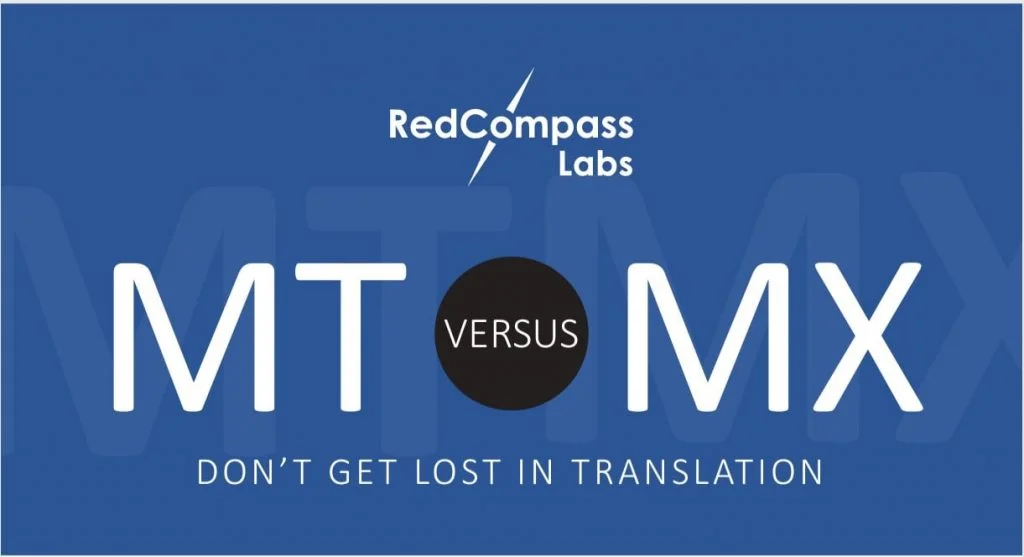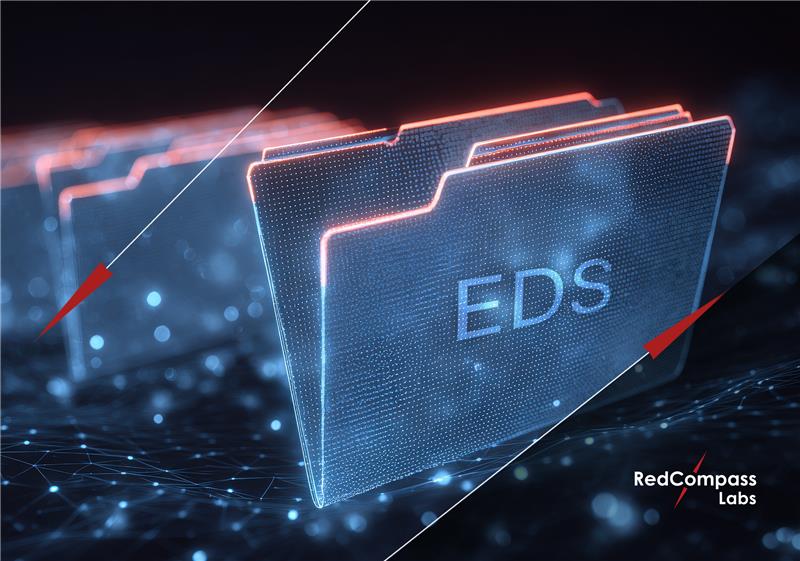While some may think that the announcement has taken some pressure off financial institutions, the reality is quite different. Banks are not off the hook yet. In fact, there are at least four key reasons why their ISO 20022 migration programmes cannot wait until November 2022.
Why the ECB postponed the T2 ISO 20022 migration programme
The decision was driven by several factors. However, in their statement, the ECB’ Governing Council has pinpointed the industry’s concerns around two critical events.
The first reason is the impact of the ongoing COVID-19 pandemic, which is causing more and more financial institutions within the Eurozone to start reporting delays and concerns around their ISO 20022 migration programmes. TARGET2 is key to the stability of the European money market, and it is at the centre of all EURO payments. Therefore, the ECB could not afford to introduce changes that could potentially result in financial institutions not having access to the system or lead to high-value, high-care payment roadmap.
The second reason is the decision taken a few months ago by SWIFT to delay the start of the migration to the ISO 20022 standard to November 2022. Although SWIFT indicated that it would support the ECB to ensure that the TARGET2 migration programme could continue seamlessly, a lot of financial institutions within the Eurozone communicated that SWIFT’s decision would make their change programmes more complicated.
Four reasons why banks cannot afford to pause their ISO 20022 migration
Despite the ECB Governing Council’s decision, financial institutions cannot afford to pause their ISO 20022 migration programmes. The four main reasons are:
1. The ‘perfect storm’ is waiting for banks in November 2022
Although the ECB’s decision has de-risked the TARGET2 migration programme for many financial institutions (FIs), the postponement will, in fact, increase the amount of concurrent change that FIs will face in November 2022. On top of the TARGET go-live, SWIFT will also start its ISO migration, which means that financial institutions from other regions will begin sending MX messages to each other. Additionally, the European Payment Council (EPC) is considering migrating to a newer ISO version, which will mean that all customer and interbank message formats will need to be updated.
2. ISO drives efficient operations; value-added services drive revenue
During the last couple of months, we often saw and heard from some financial institutions how they have struggled to create a compelling business case for ISO 20022. The reason is simple. Implementation costs are high, and the direct foreseen benefits small. This is where value-added services come into play. The TARGET2 delay provides financial institutions extra time to create the momentum to engage with their clients and to think about new value-added services they can build using the rich and structured payment data included within ISO 20022 messages.
3.You can’t build a data strategy in a day
The extra year also means there is time to consider a strategic approach for the ISO 20022 migration. This will be important to unlock the full potential of the rich data within the ISO 20022 messages and to avoid data truncation within the end-to-end payments chain. Financial institutions will be held responsible for how they use the data they store and for what they do or – more importantly – don’t do with it. Regulators will expect them to use all the payment data at their disposal to prevent financial crime, including terrorism financing, payments related to criminal activity and fraudulent transactions.
4. The more you wait, the more you pay.
The reason why the ISO 20022 migration is so costly is that many financial institutions are choosing to maintain legacy architectures and business processes. As a result, they need to change several legacy applications to make them ISO 20022 compliant. The TARGET2 delay buys these institutions some time to simplify. By rationalising the number of legacy customer formats, correspondents, etc., financial institutions will be better prepared for their ISO 20022 migration and reduce their ongoing maintenance costs.
“Preparedness carries the day”
To conclude, financial institutions need to use the extra time allowed by the ECB’s decision to prepare properly for the vast volume of complex change that is coming their way. If they fail to do so, one year from now they will once again be faced with the same issues they face today: their programmes will be delayed and showing amber, they will not have a clear view of how they (and their customers) can benefit from ISO 20022, and they will be at risk of implementing solutions that are not fully fit for purpose.
Banks need to create a proper, multi-year payment transformation roadmap to ensure they can cope with this level of change, and they need to do it now! As F.C. Yee said, “preparedness carries the day”.
Share this post
Written by

RedCompass Labs
Resources






